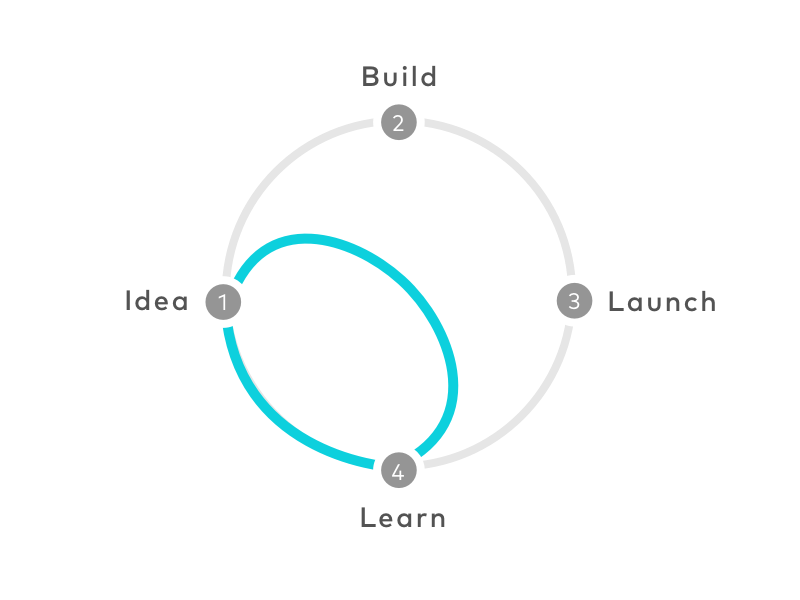If you are familiar with product and service design concepts, you are probably aware of what a design sprint is. But do you know how design sprint or Google Design Sprint originated?
The now famous Design Sprint originated at Google. The Google Design Sprint is so called because it was the result of independent work by several designers including those at GV(Google Ventures) and a Boston-based UX agency called Fresh Tilled Soil.
The practice was conceived at GV with an aim to promote the UX culture and thinking and implement design thought leadership within the organization.
So various design teams at Google toyed with many methods ranging from conventional UX practice, IDEO, Stanford school and a range of other design disciplines.
This resulted in the five-day/five-phase framework that uses design thinking as a means for reducing risks when launching a new product/service or feature.

Design Sprint is, in fact, a portmanteau of the two concepts Design Thinking and Agile Sprints. Teams at Google adapted the idea from both these concepts to come up with “design sprints” and it has caught on. Design Sprints quickly gathered momentum not just within Google UX teams but across startups and companies of all sizes.
But why do you need a Design Sprint?
Because it is no longer enough to have a good product, you need to have the right product for your audience. Consider the famous tree swing analogy that explains the gaps between customer expectation, project management, design, and delivery:

As you can see, various stakeholders and team members are seldom on the same page. Communicating effectively is a challenge and sometimes you build an MVP that doesn’t really match up to the expectation.
So what does the Google Design Sprint look like?
The design sprint is a time-boxed, phased process for answering critical business questions. These are the core components of Google Design Sprint:
- Understand: At this step, you define and understand the business opportunity, the audience, competitors, value proposition along with the metrics for success.
- Diverge: You define, explore and develop as many ideas as applicable and work individually to come up with several ideas. Finalize one big idea.
- Converge: Find ideas that work with the next product cycle and explore further with the help of storyboarding.
- Prototype: Finally design and create a working prototype that can be tested on real users, business stakeholders, and technical experts.
- Validate: Conduct user testing by selecting users from your product’s main target audience and ask relevant questions.
When should you use it?
You must use it for some pressing challenges. It is ideal for delivering projects that have:
- High Stakes
- Time constraints
- Need for innovation
Who is a Sprint Master?
The Sprint Master leads the design sprint team. They define the design challenge for that particular sprint, manages the team and facilitates all the stages of the sprint. A sprint master will require a deep understanding of UX methods, strategy, facilitation, and negotiation. Selecting the right sprint master is one of the most critical steps in running a successful design sprint and getting the desired results. Generally, sprint masters are UX researchers and designers who have expertise in the design process and the vision to follow this through.
The design sprint offers you an opportunity to try the high risk/high reward approaches but without investing much time or money.
In short, it enables you to cut short the endless debate and discussion cycle and compress months’ worth of work into a week or five days. If you have the resources and the planning ability, then it is certainly a more promising concept than waiting to launch a minimal product to test your idea.
But the best part is that you can use this approach for practically anything innovative. Like designing new business strategies or marketing plans or any creative task.
Outcomes
While the outcomes of a design sprint can’t be predicted with absolute certainty, you are likely to have one or more of the following outcomes:
- A working prototype
- User feedback
- Wireframes and user-flow
- Preliminary visual design
- Product roadmap
Essentially, Google Design Sprints use the main premises of design thinking. These are immersion, ideation, and prototyping. The concept is used by companies of all sizes for accelerating innovation and a model for fast experimentation. Mastering Design Sprint can bring immediate value for your product or service, eliminate critical usability risks and foster a culture of continuous innovation.








